The 12 Best Synthetic Monitoring Tools for 2025
Your site may be online—but is it working? Synthetic monitoring simulates user actions to detect issues before they impact real users and your business.

The foundation of any good monitoring strategy begins with knowing if your website is online, secure, and accessible. Core checks like uptime, SSL certificate validity, and page speed are essential first steps. For those looking to establish this baseline, exploring a comprehensive suite of free website monitoring tools is the perfect starting point.
However, once you've confirmed your site is "up," the next critical question is: is it "working"? What if your site is online, but users can't log in, add items to their cart, or complete a checkout? These are the critical user journeys that directly impact your revenue and reputation. This is where Synthetic Monitoring comes in.
Synthetic monitoring proactively simulates these user interactions and critical transaction flows on your website or application. By running automated scripts from global locations, it tests for availability, functionality, and performance, allowing you to catch issues in your most important user paths before your actual users do.
Here is a comprehensive list of the 12 best synthetic monitoring tools for 2025, starting with free and open-source options.
Free & Open Source Synthetic Monitoring Tools
These tools are perfect for teams who want control, flexibility, and cost-effective solutions, often by leveraging open-source frameworks and self-hosting.
Checkly
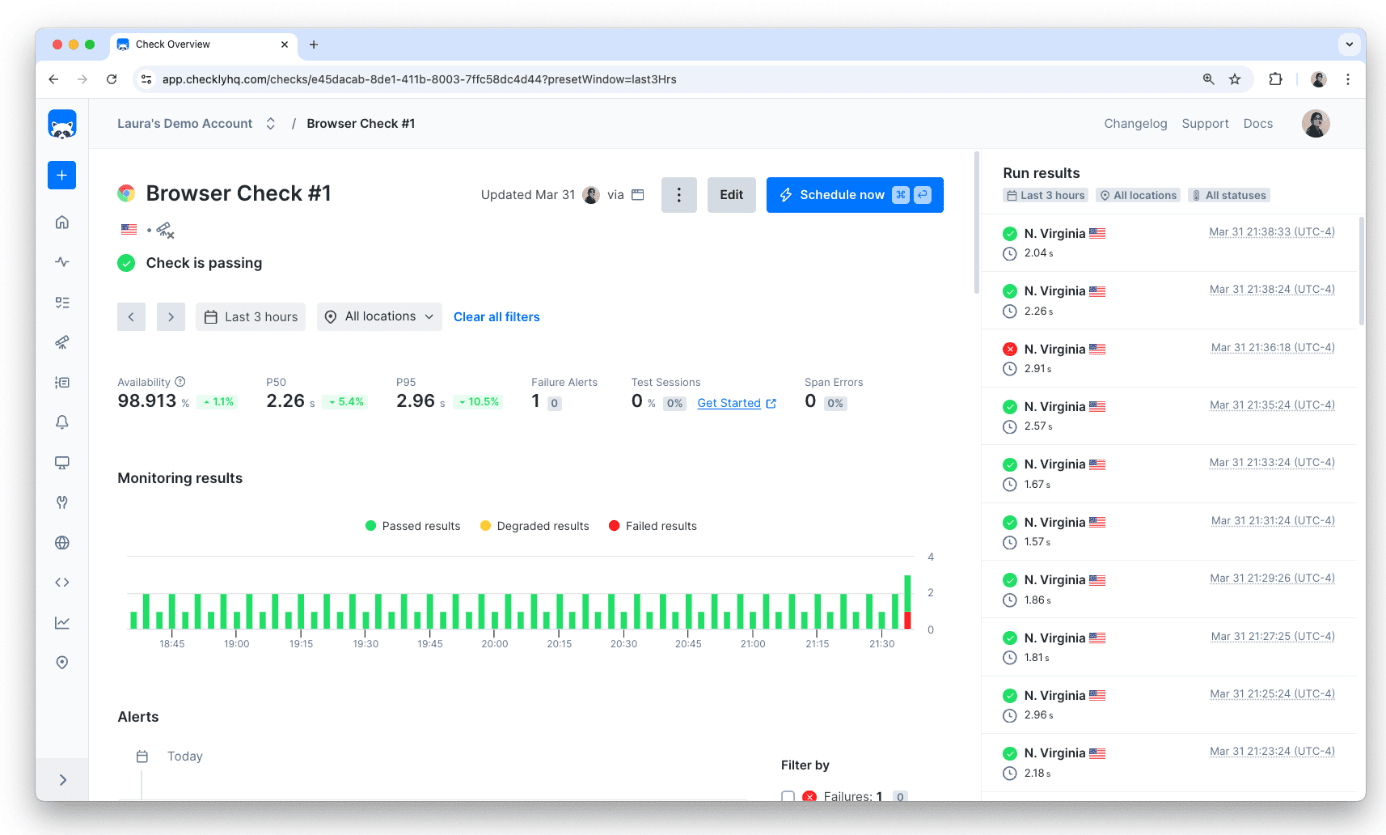
Checkly has quickly become a developer-favorite for its modern, code-centric approach to synthetic monitoring. It's built on top of open-source tools and offers a powerful platform for API and browser-based checks.
Founded: 2018
Key Features: API monitoring, Playwright & Puppeteer-based browser checks, global monitoring locations, detailed alerting.
Pros: Extremely developer-friendly with "monitoring as code" principles. Powerful free tier is great for getting started. Excellent integration with modern development workflows.
Cons: Can become expensive as the number of checks and check frequency increases.
Playwright / Cypress
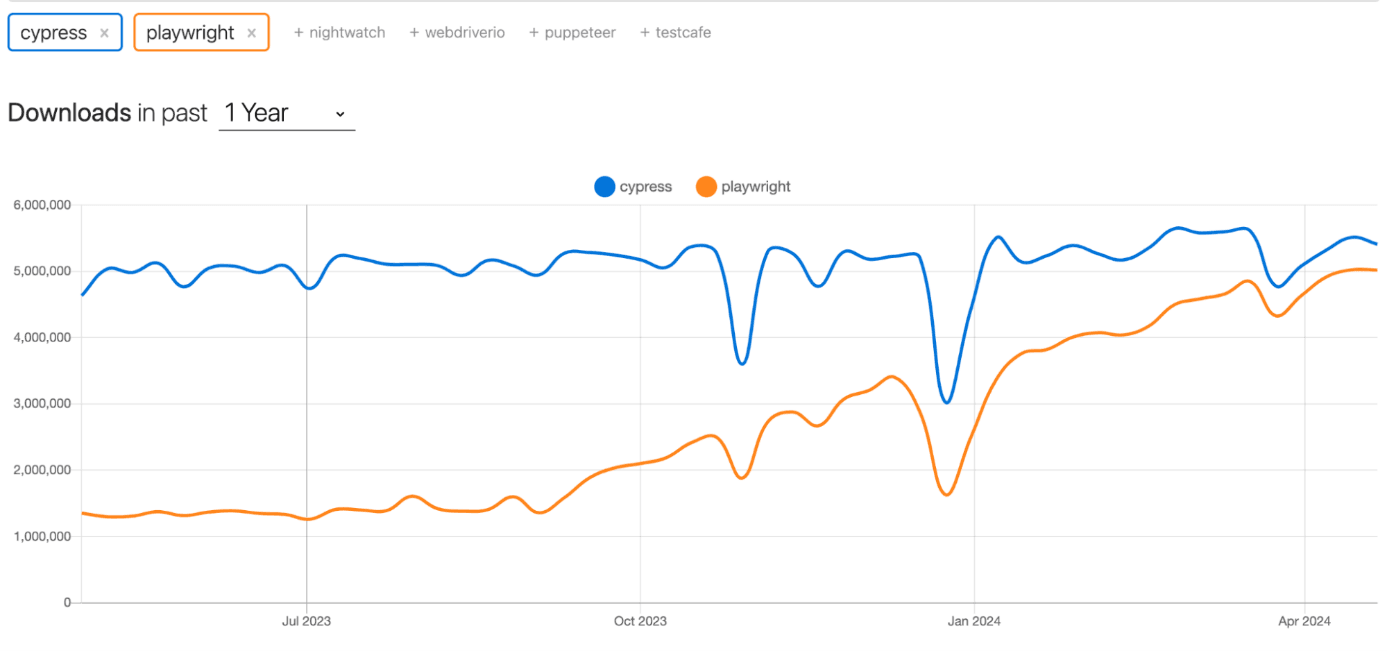
These are not monitoring platforms but the foundational open-source frameworks used to build synthetic tests. They allow developers to write powerful scripts in JavaScript/TypeScript to automate browser actions and simulate any user journey.
Founded: Playwright (2020), Cypress (~2015)
Key Features: Code-based test creation, end-to-end testing, video recording and screenshots of test runs, debugging tools.
Pros: Ultimate flexibility to test any complex workflow. Completely free and open-source. Strong community support.
Cons: Requires coding knowledge. Tests need to be run on your own infrastructure and integrated with a scheduler and alerting system.
Sitespeed.io
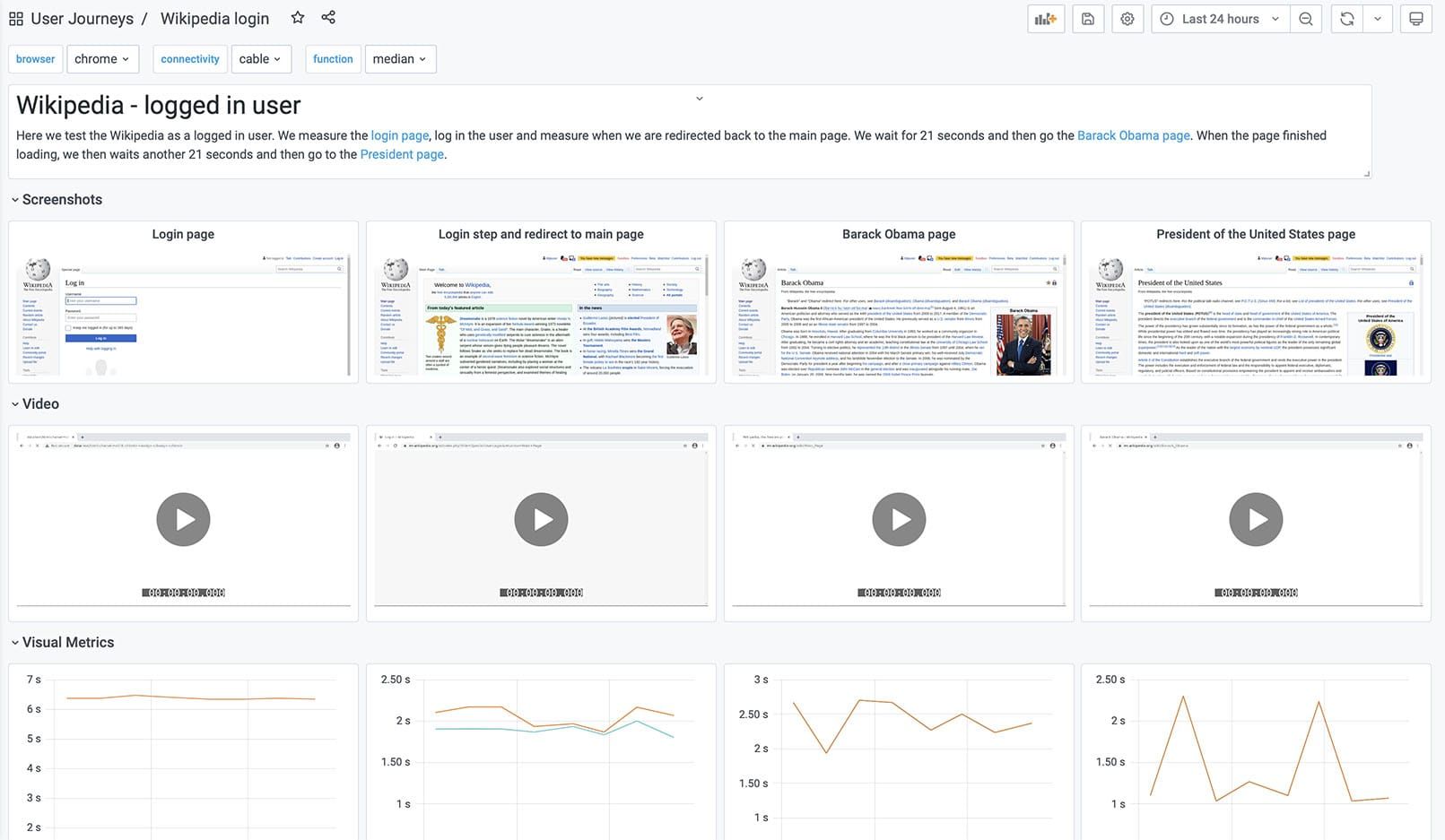
While primarily known as a performance testing tool, Sitespeed.io is excellent for creating synthetic tests focused on web performance. It automates browser interactions to collect detailed performance metrics and user journey data.
Founded: ~2012
Key Features: Deep performance analysis (Core Web Vitals, etc.), integrates with Lighthouse, automated test runs, creates detailed HTML reports.
Pros: Provides incredibly detailed performance data for user journeys. Highly extensible with plugins. Integrates well with CI/CD pipelines.
Cons: Can have a steep learning curve. Requires a dedicated environment to run tests and store results.
Prometheus & Blackbox
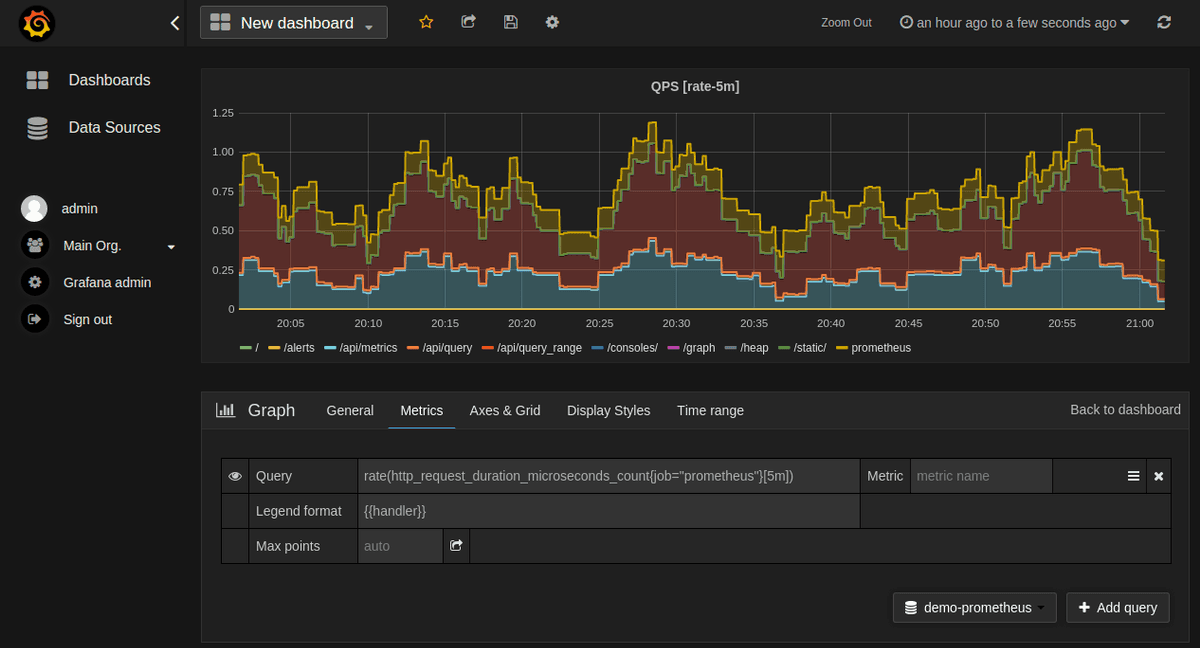
Exporter This is a classic open-source combination for technical teams. While Prometheus is a metrics database, its Blackbox Exporter can be used to perform synthetic checks on HTTP, TCP, ICMP, and DNS endpoints from outside your system.
Founded: 2012 (Prometheus)
Key Features: Probes endpoints for status, SSL certificate validity, and response times. Integrates seamlessly with Grafana for visualization.
Pros: Industry standard for metrics monitoring. Highly reliable and scalable. Completely free and open-source.
Cons: Not a user-friendly transaction monitor; requires technical expertise to configure probes and alerts. Doesn't simulate full browser-based user journeys.
OpenReplay
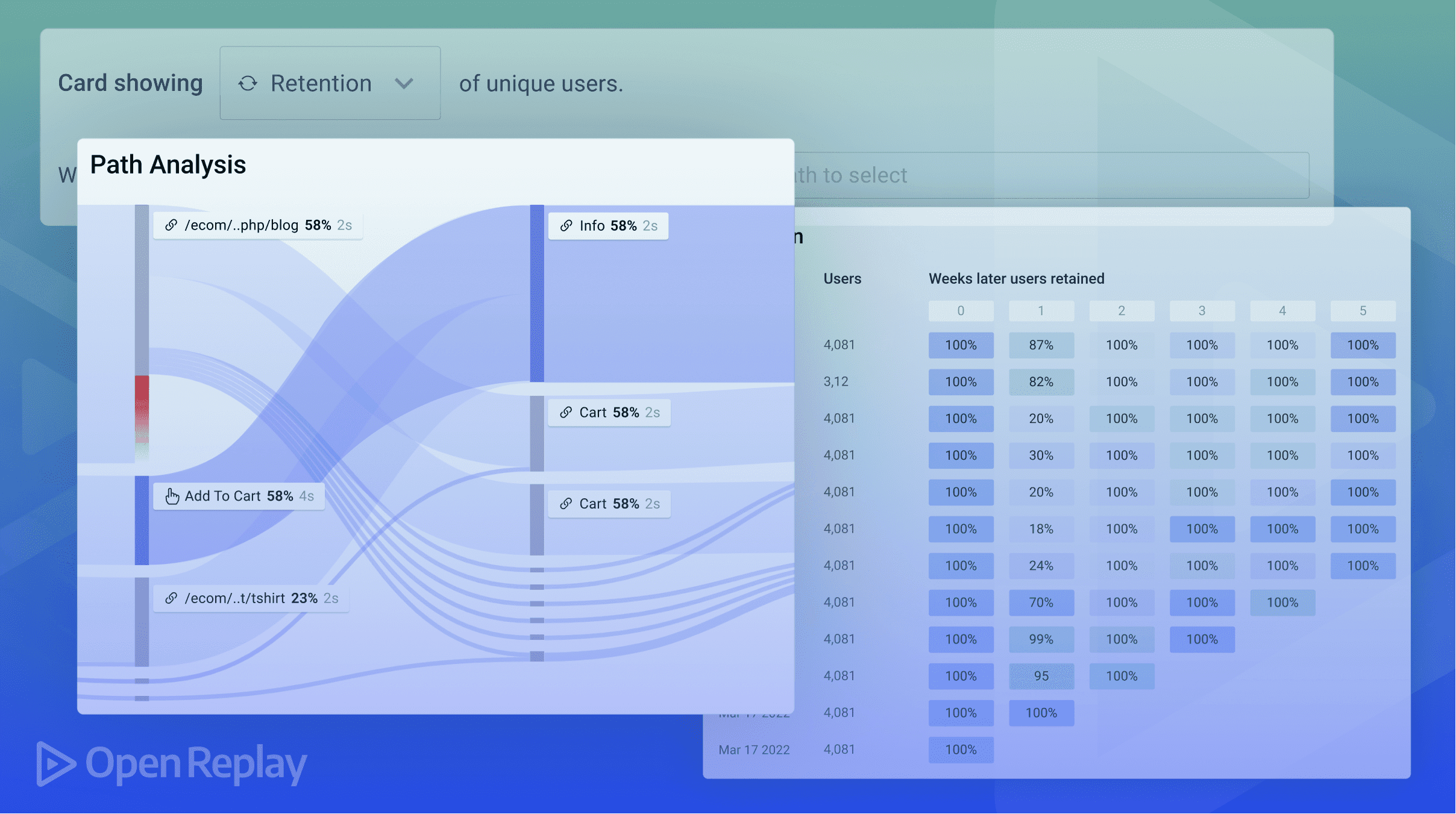
An open-source session replay tool that also provides synthetic monitoring capabilities. It helps you understand not just if a journey failed, but why, by linking test results with detailed session recordings and error logs.
Founded: ~2018
Key Features: Session replay for visual debugging, performance monitoring, error tracking, self-hostable for data privacy.
Pros: Combines synthetic checks with session replay for invaluable context. Helps developers quickly reproduce and fix bugs.
Cons: Can be resource-intensive to host and store session data. More focused on debugging than complex alerting.
Gatus
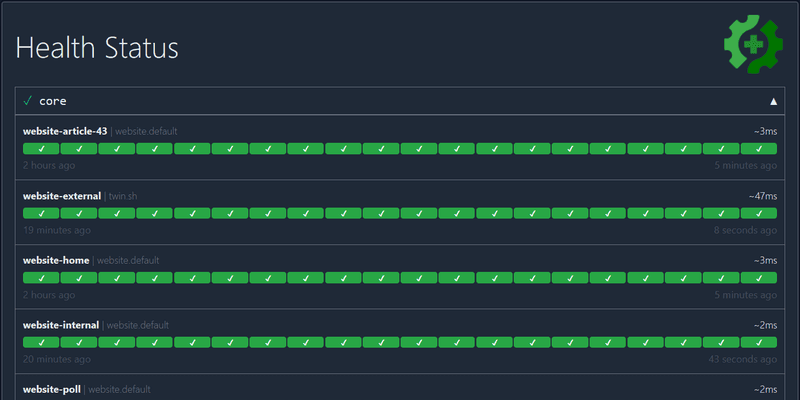
A lightweight, open-source health dashboard that uses a condition-based approach to monitoring. You can configure it to perform multi-step checks and evaluate the health of your services based on specific criteria.
Founded: ~2020
Key Features: Configuration as code (YAML), condition-based alerting, simple and clean dashboard, supports various protocols.
Pros: Very lightweight and easy to deploy. The "if this AND that" logic for alerts is powerful for reducing noise.
Cons: Not as feature-rich as larger dedicated platforms. More suited for health dashboards than deep performance analytics.
Leading Commercial Synthetic Monitoring Tools
These tools are typically SaaS platforms that offer a managed experience, extensive features, and professional support, often with a free tier to get started.
Datadog
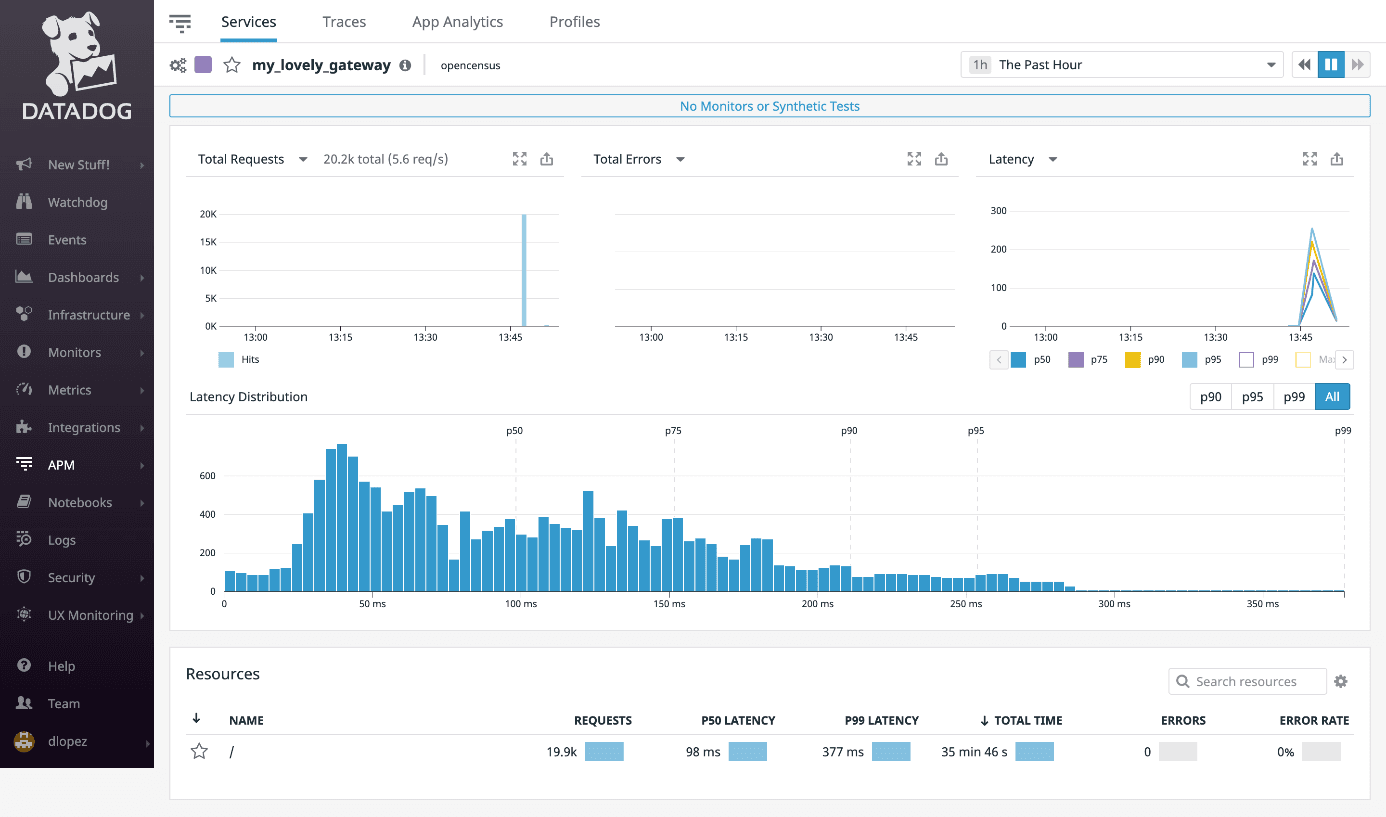
A major leader in the observability space, Datadog offers a powerful and feature-rich Synthetic Monitoring product that integrates seamlessly with its other monitoring services.
Founded: 2010
Key Features: No-code test recorder, API and browser tests, global locations, AI-powered features, integration with logs and APM.
Pros: All-in-one observability platform. Powerful and easy-to-use UI. Excellent for correlating synthetic test failures with backend issues.
Cons: Can become very expensive, especially at scale. The pricing model can be complex.
New Relic
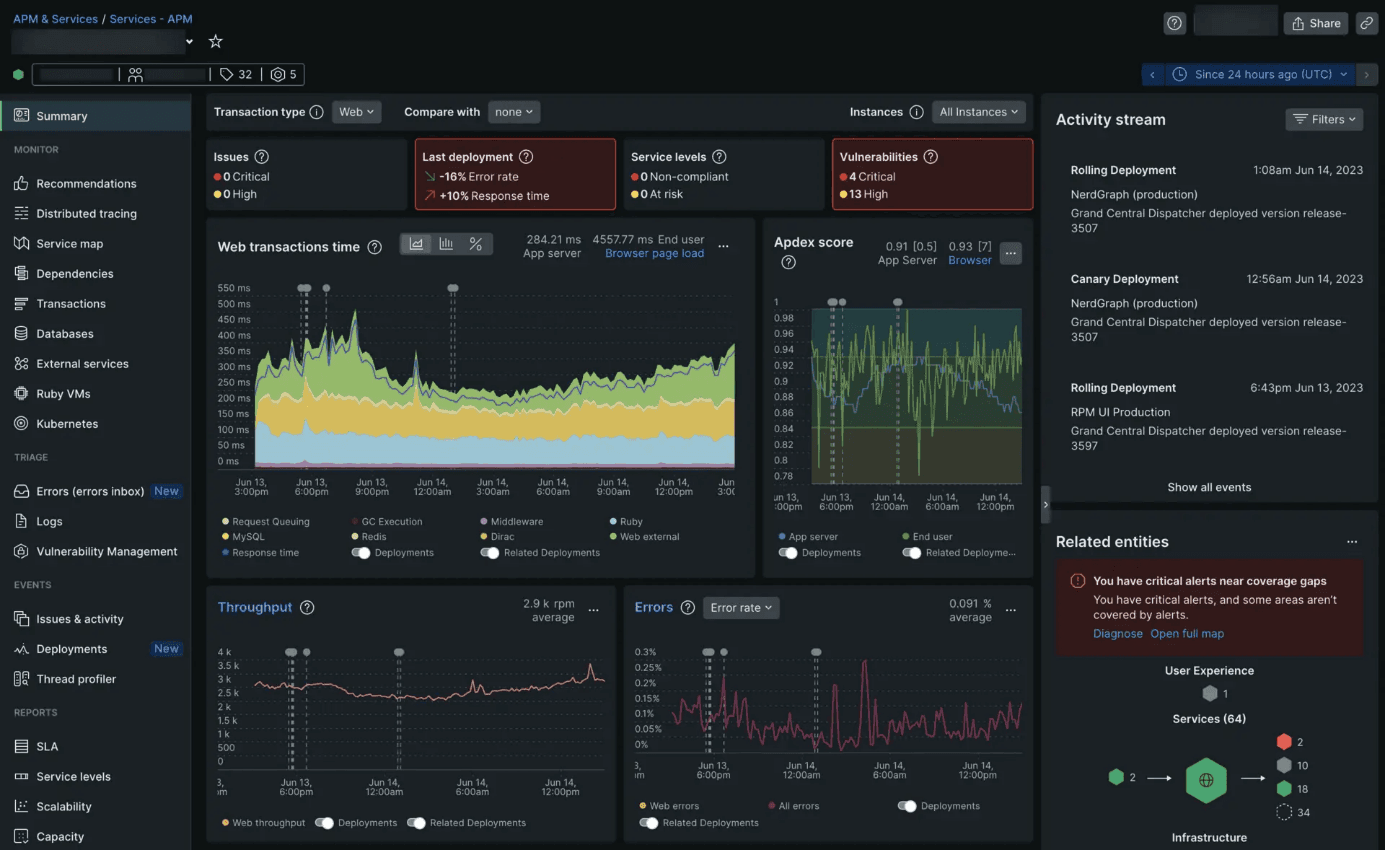
Another industry giant, New Relic provides a mature Synthetics product that allows you to monitor your websites, critical business transactions, and API endpoints from around the world.
Founded: 2008
Key Features: Scripted browser tests, API tests, global monitoring network, deep integration with New Relic's APM platform.
Pros: Excellent for teams already invested in the New Relic ecosystem. Provides deep insights from the frontend to the backend.
Cons: The platform can be complex to navigate. Pricing can be high for extensive usage.
Sematext
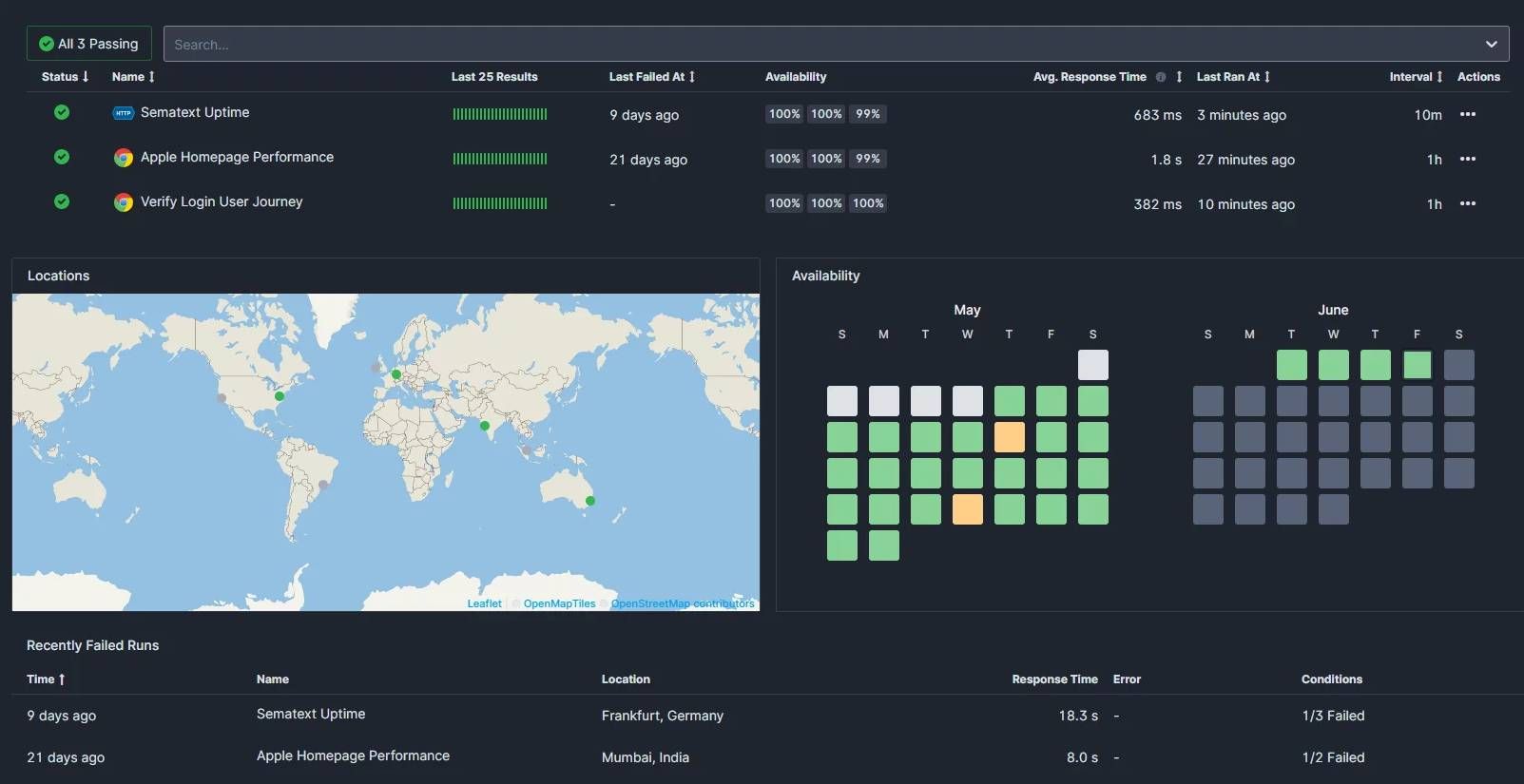
Sematext offers a compelling suite of monitoring tools, including Synthetics, and is often positioned as a more affordable and user-friendly alternative to the larger players.
Founded: 2010
Key Features: Uptime and API monitoring, browser-based user journey tests, Core Web Vitals tracking, status pages.
Pros: Good balance of features and pricing. Often praised for its excellent customer support and ease of use.
Cons: Smaller brand recognition compared to giants like Datadog or New Relic.
Better Uptime
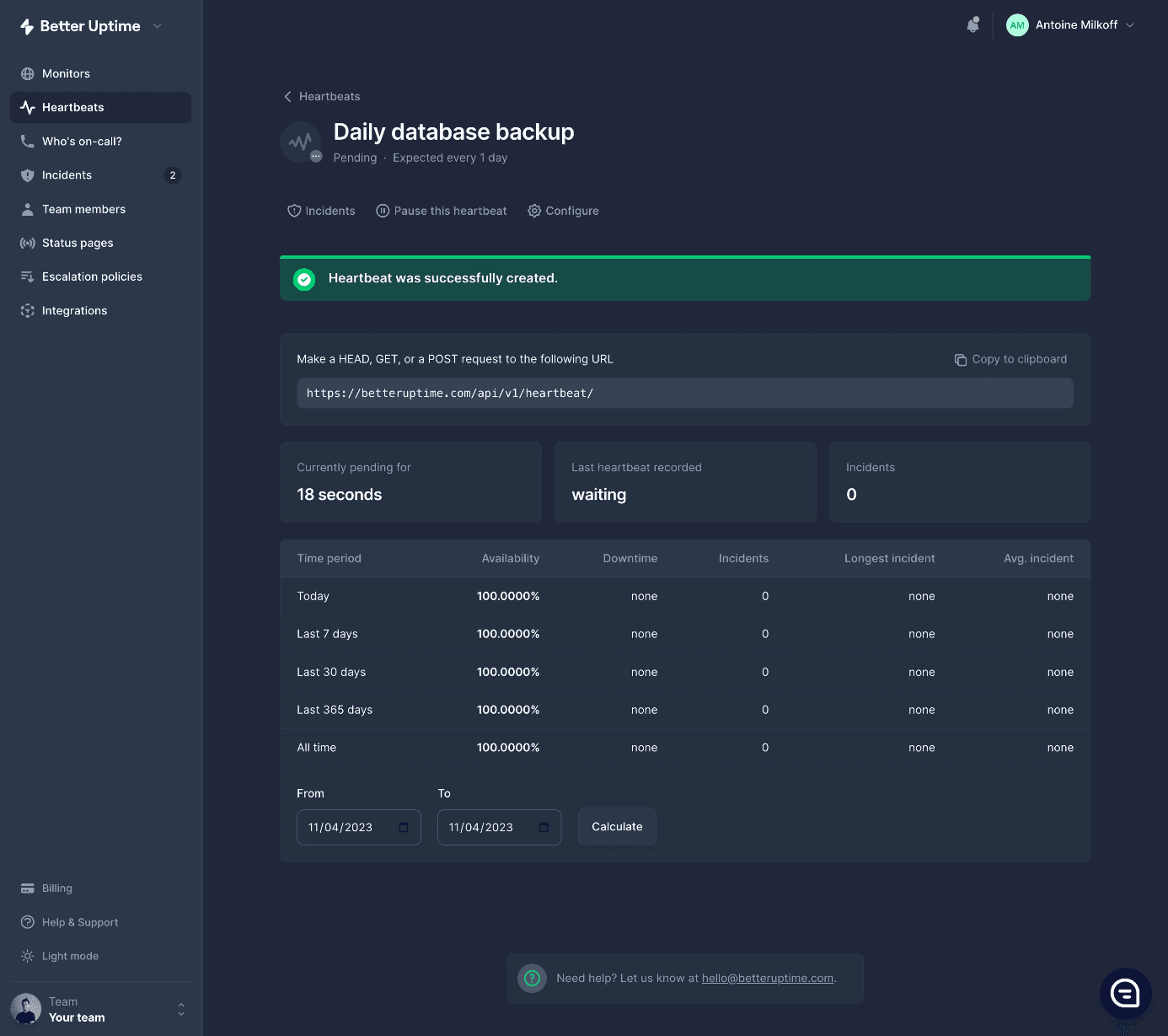
While known primarily for its uptime monitoring and excellent incident management features, Better Uptime also offers a Synthetics product to monitor critical user journeys.
Founded: 2021
Key Features: Scripted browser checks, incident management and on-call scheduling built-in, status pages.
Pros: The integration of monitoring, alerting, and incident management in one platform is a huge advantage. Modern and clean UI.
Cons: Its Synthetics feature is newer and may not be as mature as some dedicated competitors.
Uptrends
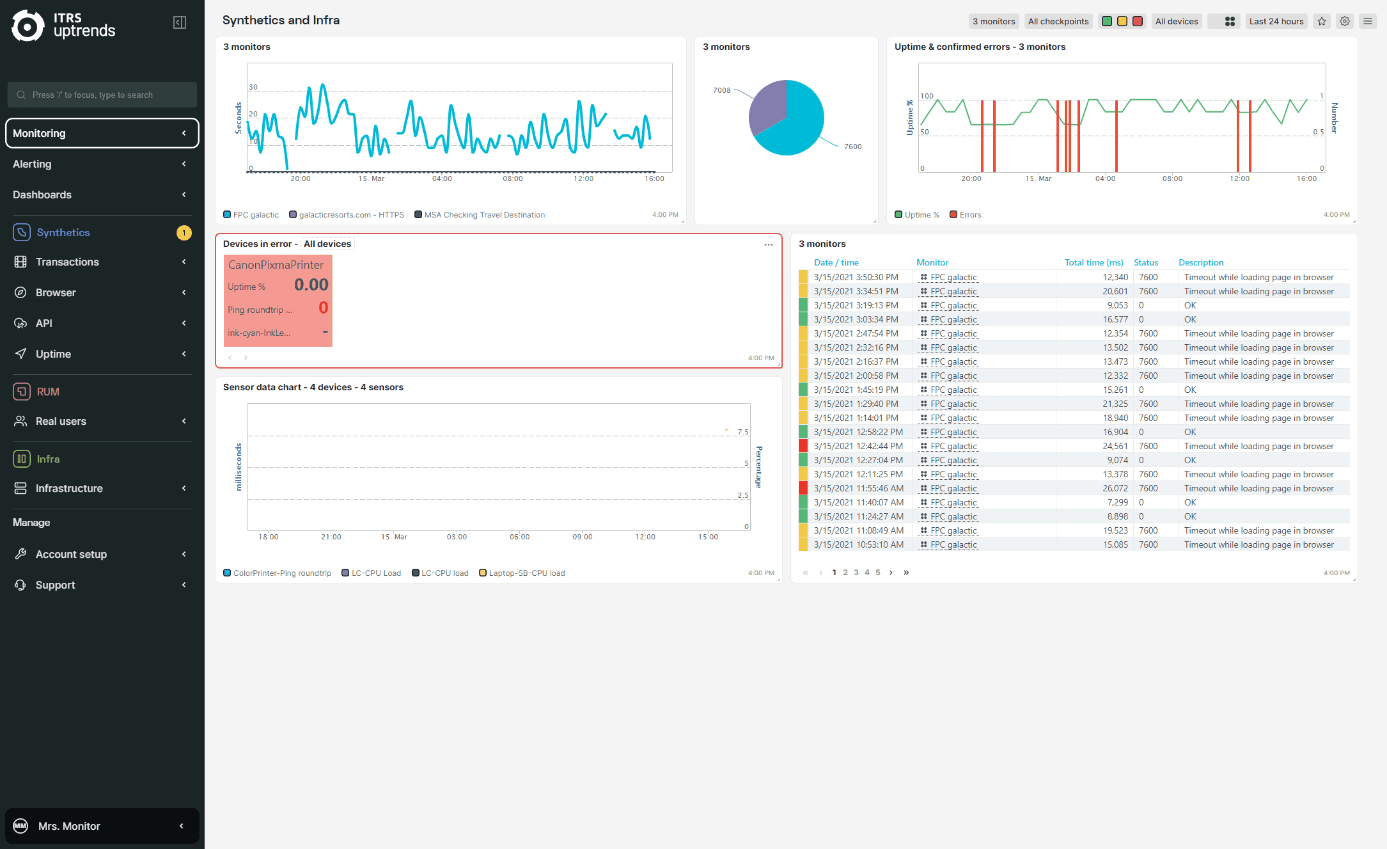
A long-standing player in the monitoring space, Uptrends has a strong focus on web performance and synthetic transaction monitoring.
Founded: 2007
Key Features: Web application monitoring with a point-and-click recorder, API monitoring, large network of global checkpoints.
Pros: Excellent for detailed web performance monitoring within synthetic tests. Reliable and mature platform.
Cons: The user interface can feel a bit dated compared to some of the newer, more modern tools.
LogicMonitor
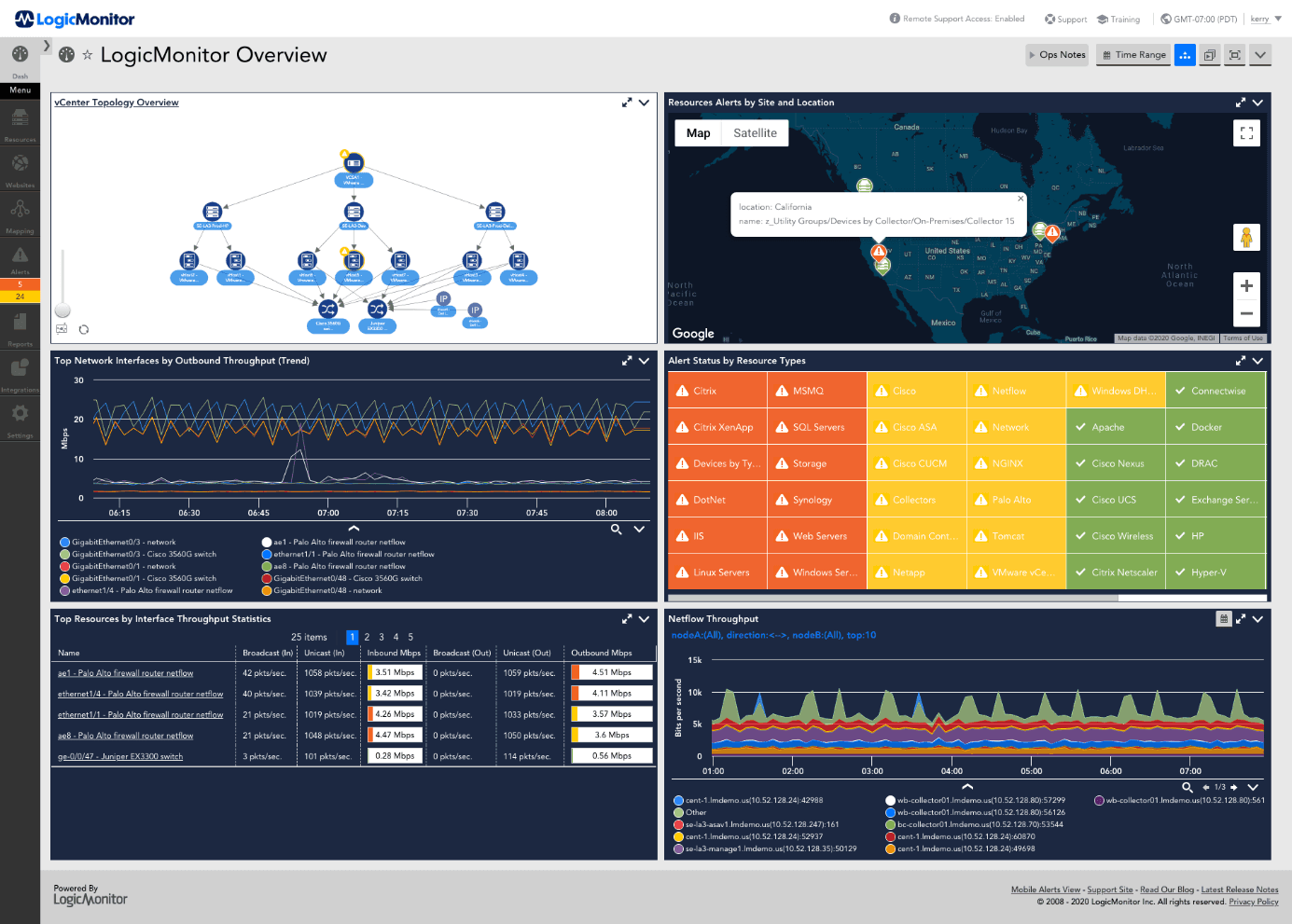
An enterprise-focused observability platform that provides comprehensive infrastructure monitoring alongside synthetic transaction monitoring for websites and SaaS applications.
Founded: 2007
Key Features: Monitors web transactions, API availability, and page load performance. Strong correlation with backend infrastructure monitoring.
Pros: Great for businesses with complex, hybrid infrastructure (cloud and on-premise). Provides a unified view.
Cons: Primarily aimed at enterprise customers, which can be reflected in its complexity and pricing.




